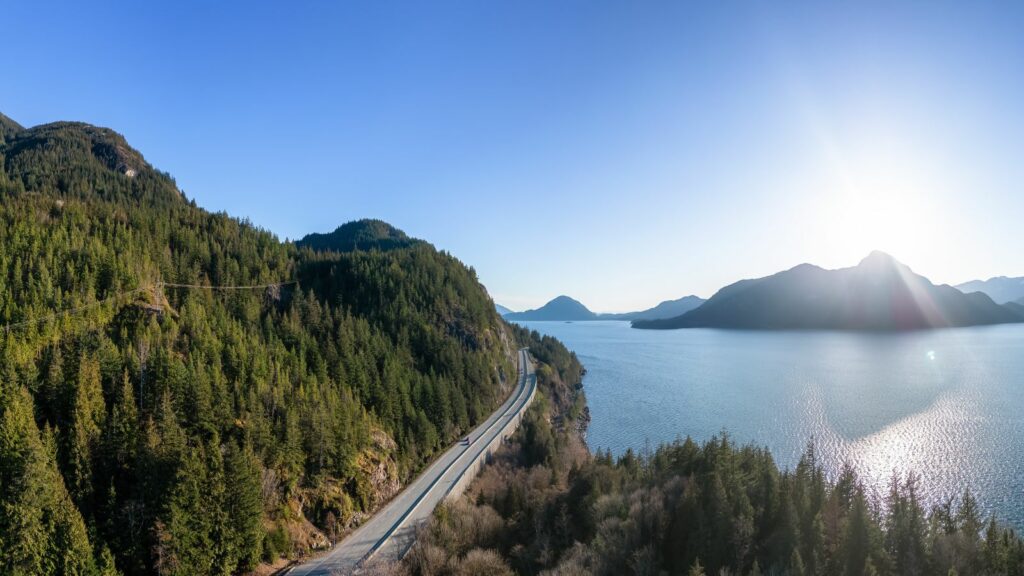Road trips in North America promise incredible scenery, but some highways come with a reputation you cannot ignore. Certain stretches of pavement have earned infamy for deadly accidents, unpredictable weather, or reckless driving habits that leave even experienced motorists rattled. From sun soaked desert highways in the U.S. to icy mountain passes in Canada, these are twenty roads that have seen more than their fair share of danger.
U.S. Highways: Interstate 95
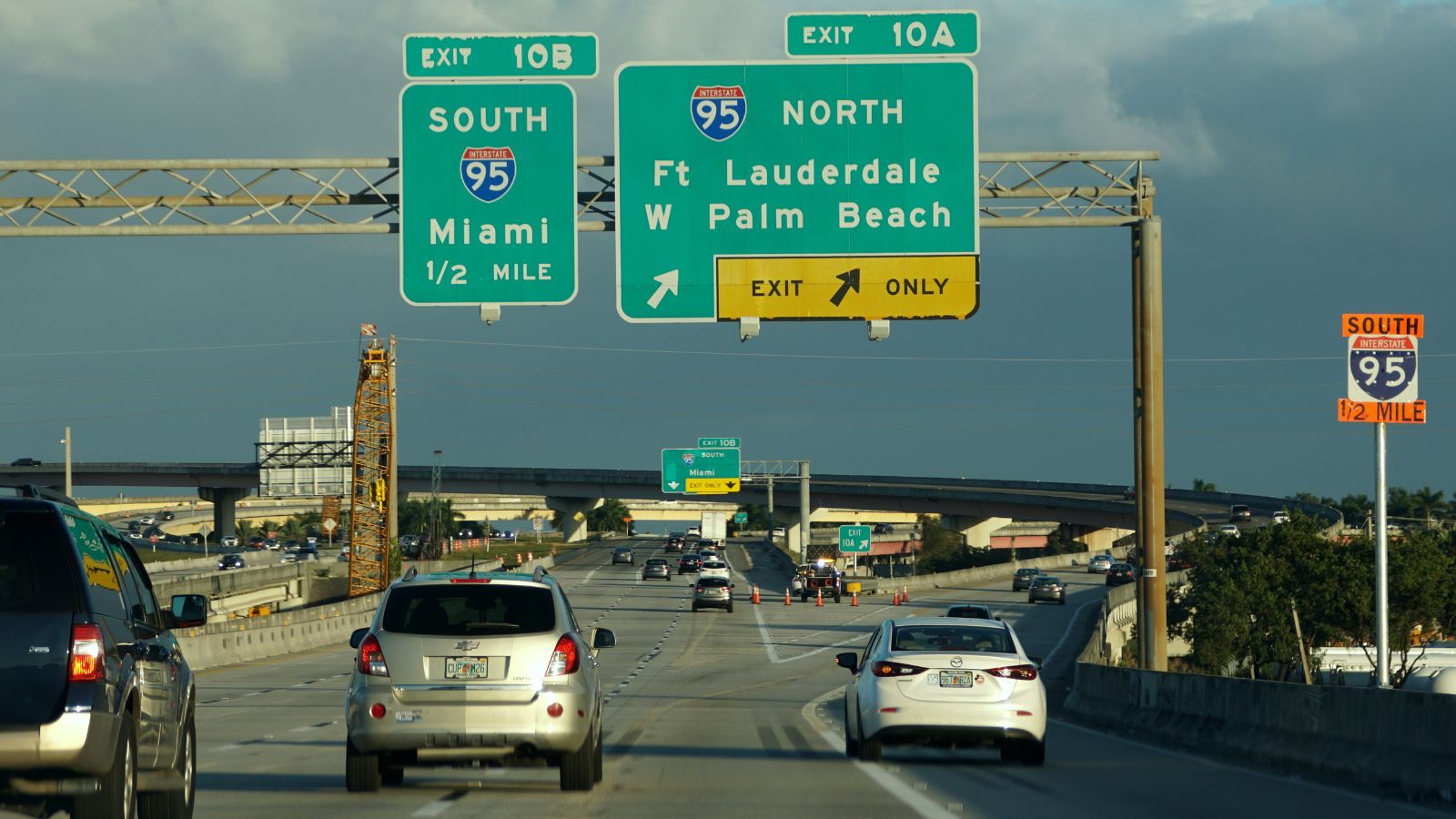
Interstate 95 runs along the East Coast from Florida to Maine, carrying millions of cars and trucks each year. Its sheer volume of traffic is a danger in itself, but the aggressive lane weaving, endless construction, and heavy truck presence make it worse. Studies have ranked I 95 among the deadliest highways in America, with over 200 fatalities reported in some years. Its Florida section, in particular, is notorious for high accident rates combined with sudden tropical downpours.
U.S. Route 1 in Florida
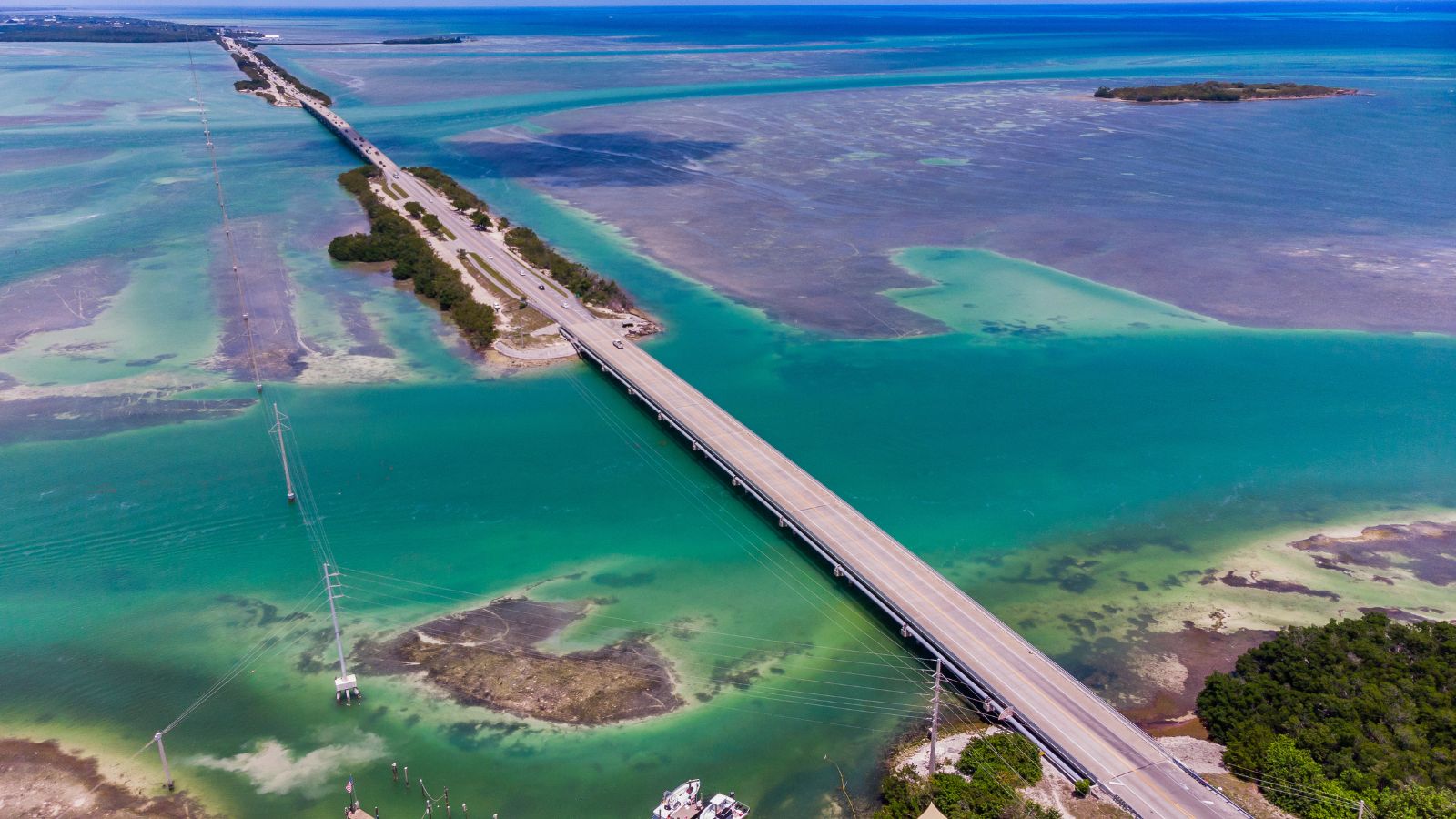
Stretching down to Key West, U.S. Route 1 is beautiful but brutal. The two lane stretches through the Florida Keys are flanked by open water, leaving little margin for error. A moment of distraction can lead to disaster, especially with tourists unfamiliar with the route. Florida Highway Patrol has logged thousands of accidents here, with many caused by passing attempts gone wrong or sudden stops in high traffic zones.
Interstate 10 in Arizona
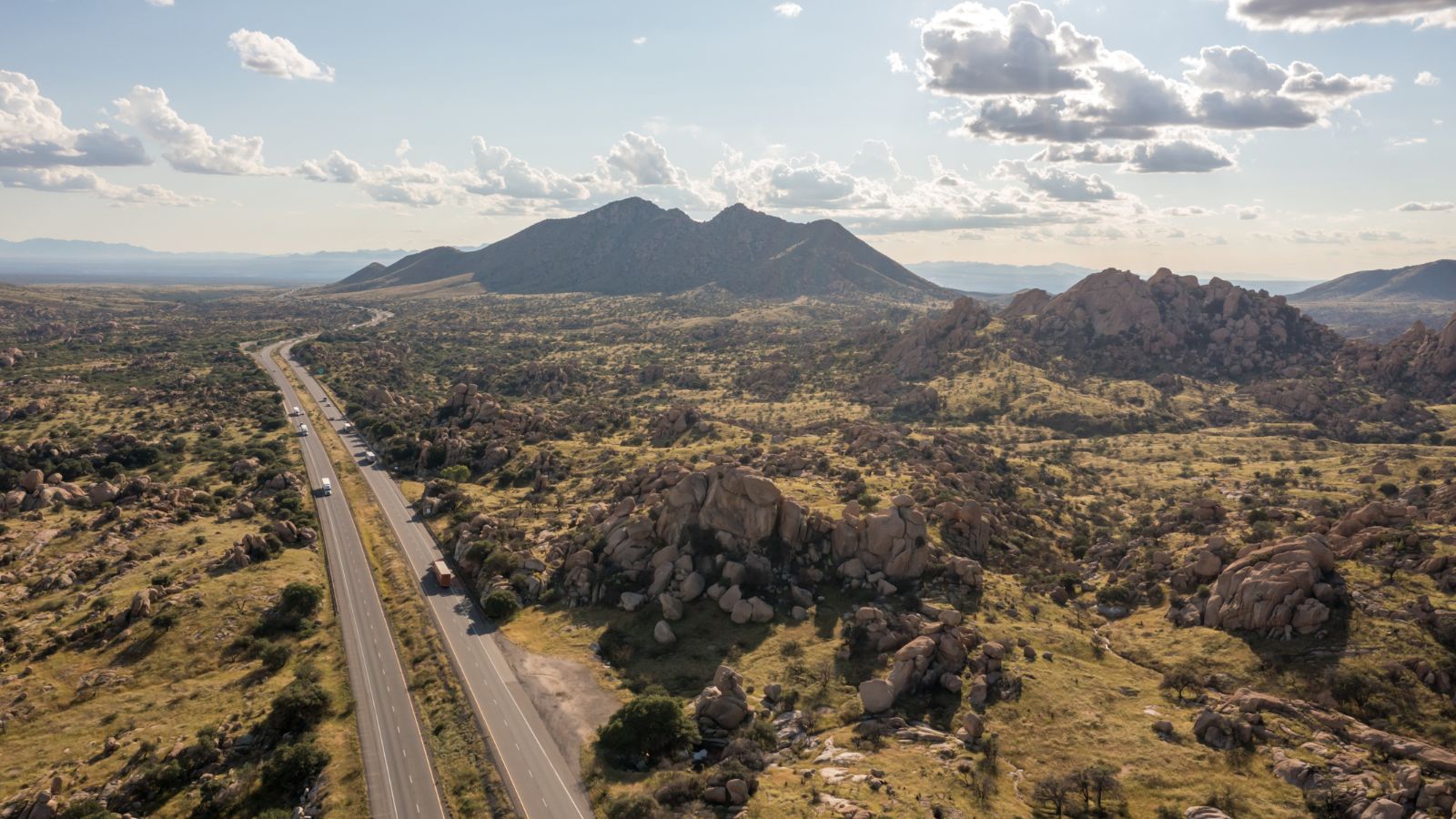
I 10 slices through the Arizona desert, where long straightaways lull drivers into fatigue. Combine that with triple digit heat, tire blowouts, and heavy semi traffic, and you have a deadly mix. This interstate is among the top five in fatal accidents nationwide, with reports of over 400 fatalities in a decade. Police frequently issue warnings about drivers nodding off at the wheel, a common cause of crashes here.
Dalton Highway in Alaska
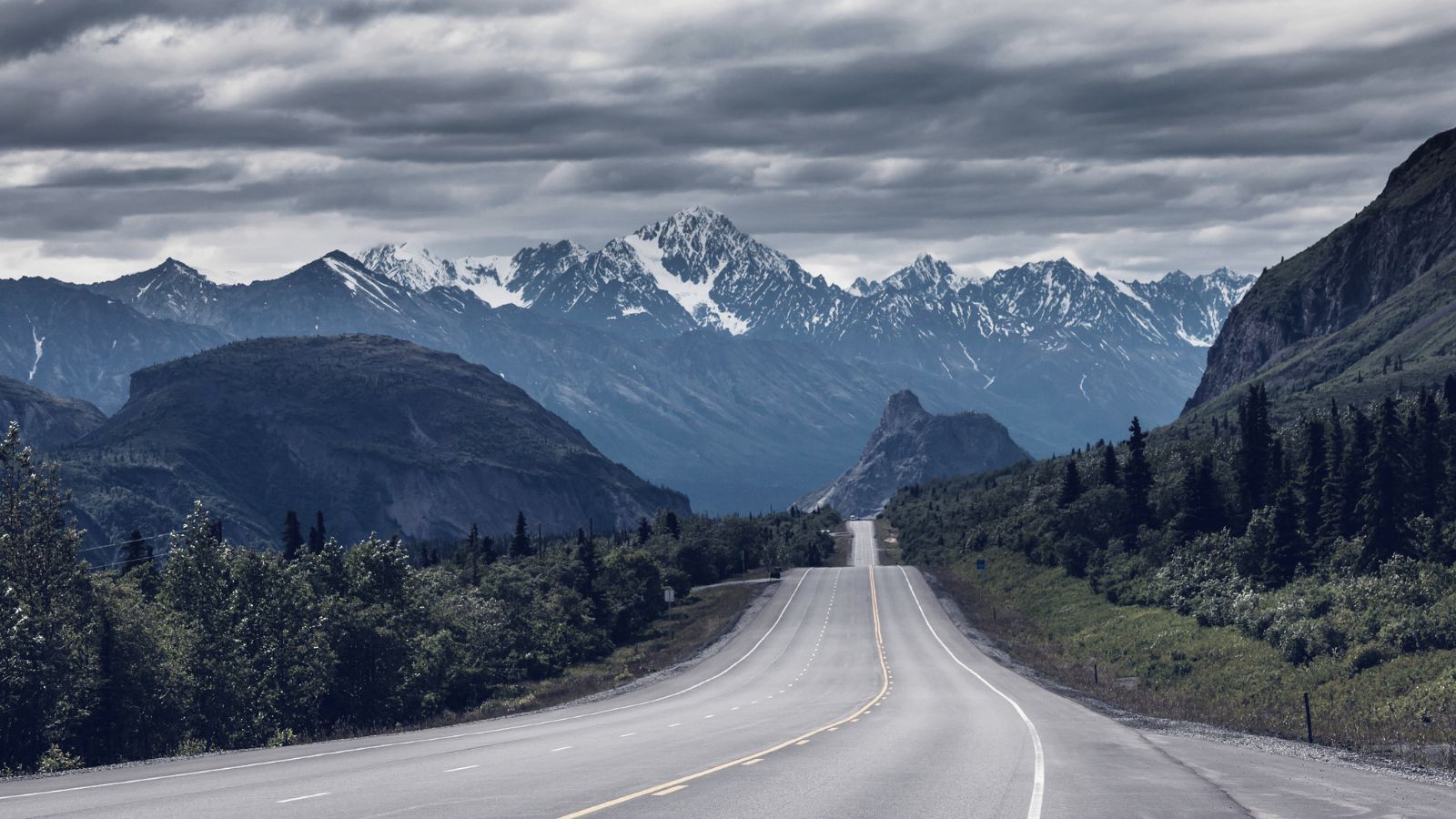
The Dalton is a 414 mile stretch of rugged isolation linking Fairbanks to oil fields on the Arctic coast. Truckers face whiteout blizzards, icy grades, and wildlife that appear without warning. With almost no gas stations or emergency services, breaking down here is life threatening. The Dalton has been featured on shows like “Ice Road Truckers” for good reason—it is unforgiving, and every year accidents happen miles from help.
Interstate 4 in Florida
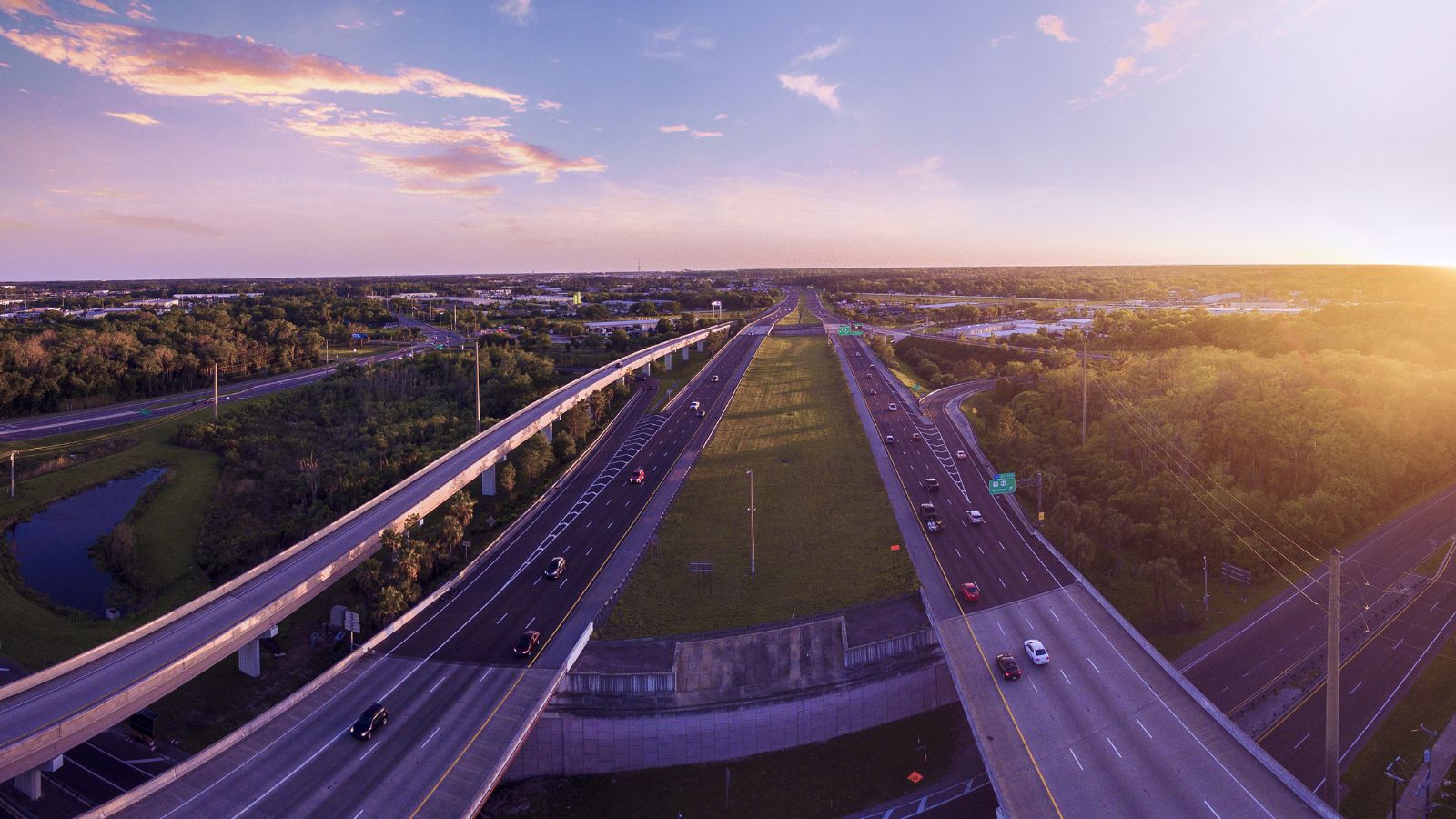
Between Tampa and Daytona Beach, I 4 is a short highway with a deadly record. A 2017 report labeled it the most dangerous interstate in America, with an average of more than one death per mile each year. Heavy tourist traffic, frequent storms, and endless merges around Orlando make it a white knuckle drive. For locals, it is less a road than a survival course.
U.S. Route 550 in Colorado
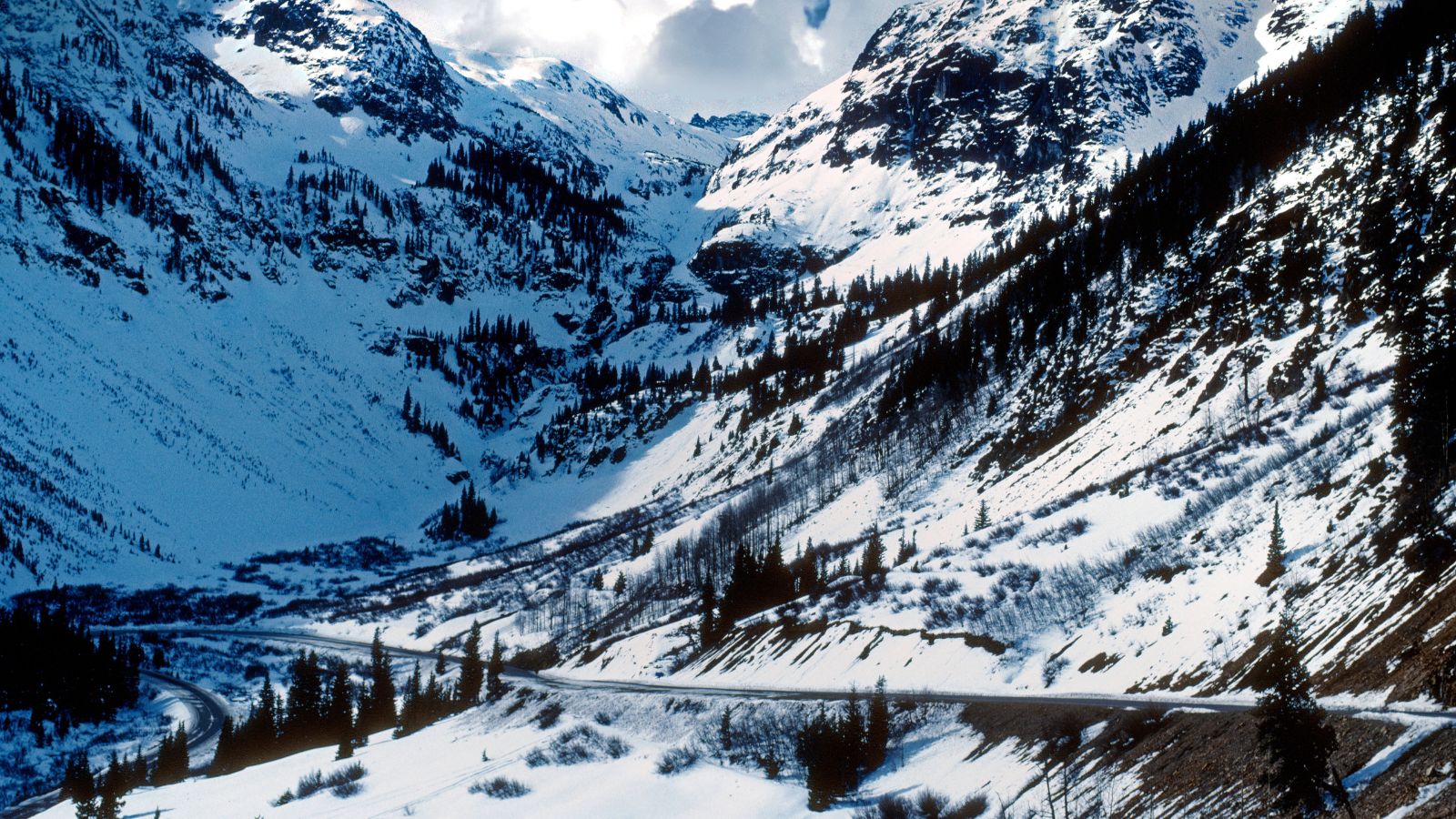
Nicknamed the Million Dollar Highway, this stretch through the San Juan Mountains is breathtaking and terrifying. Guardrails are few, cliffs drop thousands of feet, and winter snow regularly buries the road. Drivers must navigate sharp switchbacks with no forgiveness for mistakes. Numerous fatal accidents have been recorded, especially in icy months when even experienced truckers struggle to keep control.
Interstate 285 in Georgia
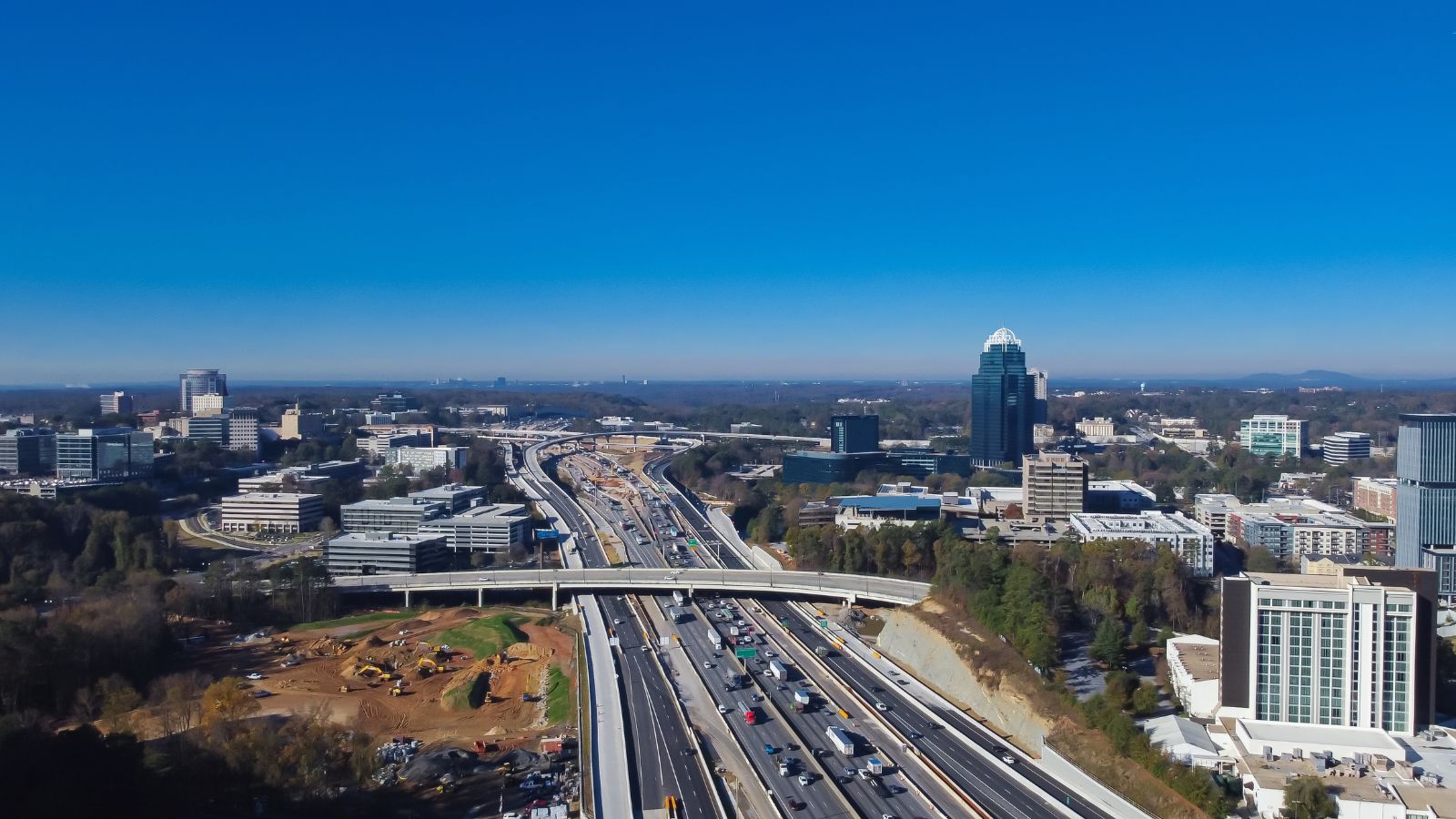
Atlanta’s beltway is chaos in motion. I 285 surrounds the city with twelve lanes of speeding commuters and trucks funneling in every direction. Federal data once ranked it the deadliest interstate in the country. Complex interchanges and impatient drivers add to the mayhem, making accidents a daily occurrence. Locals often joke that surviving I 285 during rush hour should earn you a medal.
U.S. Route 2 in Montana
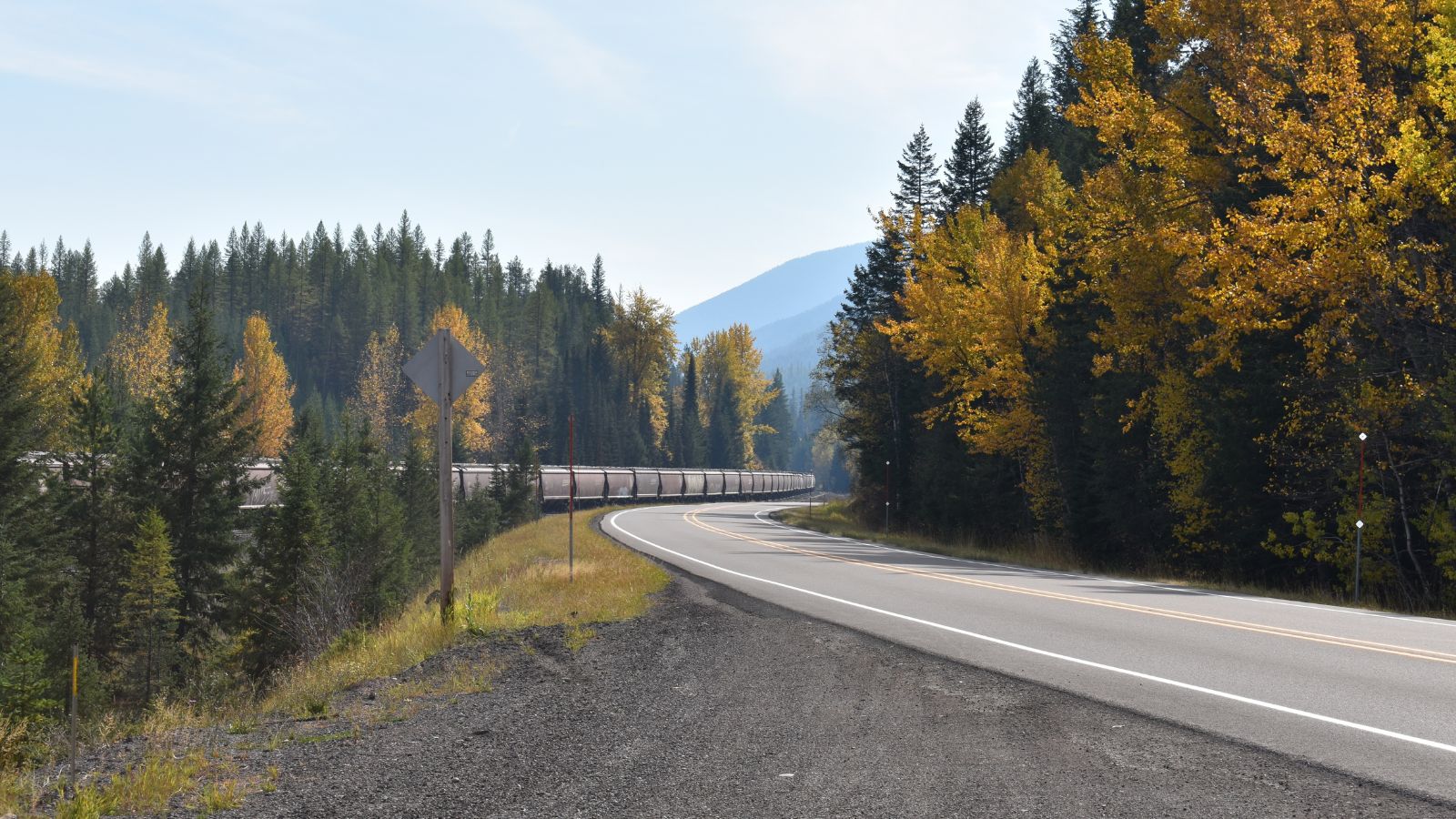
The remoteness of Route 2 makes it deceptively deadly. Speeding is common because of its wide open scenery, but emergency response times often stretch to an hour or more. Wildlife collisions are frequent, and winter conditions can turn the highway into an ice rink. A federal report once called Route 2 the most lethal rural highway in America, largely because of the lack of immediate medical care after crashes.
Interstate 15 in Nevada

Connecting Las Vegas with Southern California, I 15 is a magnet for disaster. The weekend rush of Vegas tourists mixes with long haul trucks, often at speeds far above the limit. Alcohol related crashes are a frequent problem, with Nevada Highway Patrol citing I 15 as one of the most accident prone stretches in the state. The long, hot desert doesn’t forgive mistakes, and pileups here can involve dozens of vehicles.
Highway 99 in California

Running through California’s Central Valley, Highway 99 is narrow, outdated, and overloaded with traffic. It is lined with farmland and small towns, meaning constant entrances and exits that lead to collisions. According to state data, it ranks among California’s deadliest highways year after year, with more than 400 fatalities reported over a ten year span. Heavy semi traffic only adds to the risks.
Canadian Highways: Highway 401 in Ontario
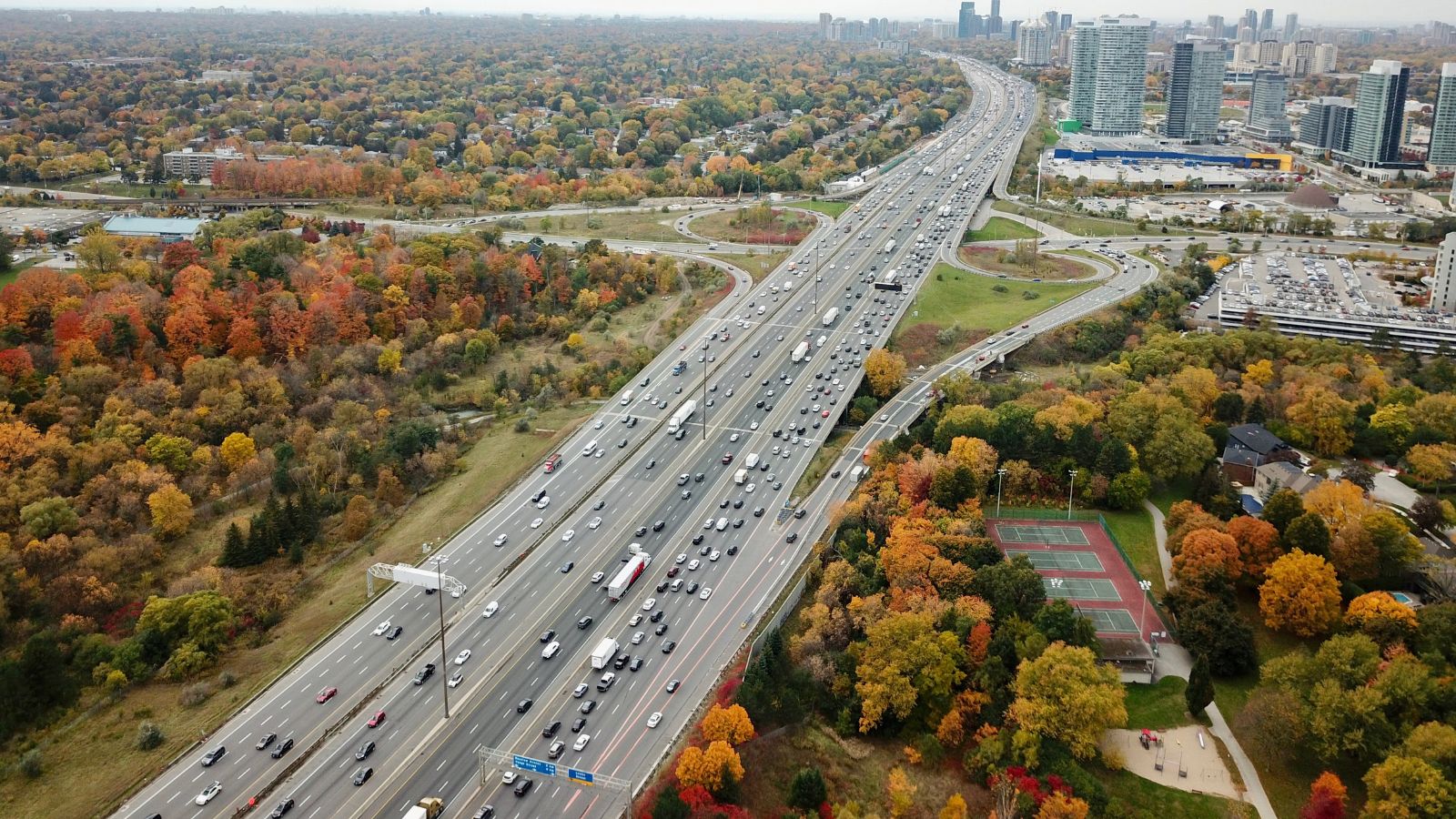
Highway 401 is the busiest highway in North America, carrying more than 400,000 vehicles daily in its Toronto section. It has been called one of the deadliest stretches of pavement in Canada, with frequent pileups and multicar accidents. In 1999, a 70 car pileup during foggy conditions made headlines worldwide. The sheer density of cars and unpredictable weather make the 401 a constant hazard.
Highway 63 in Alberta
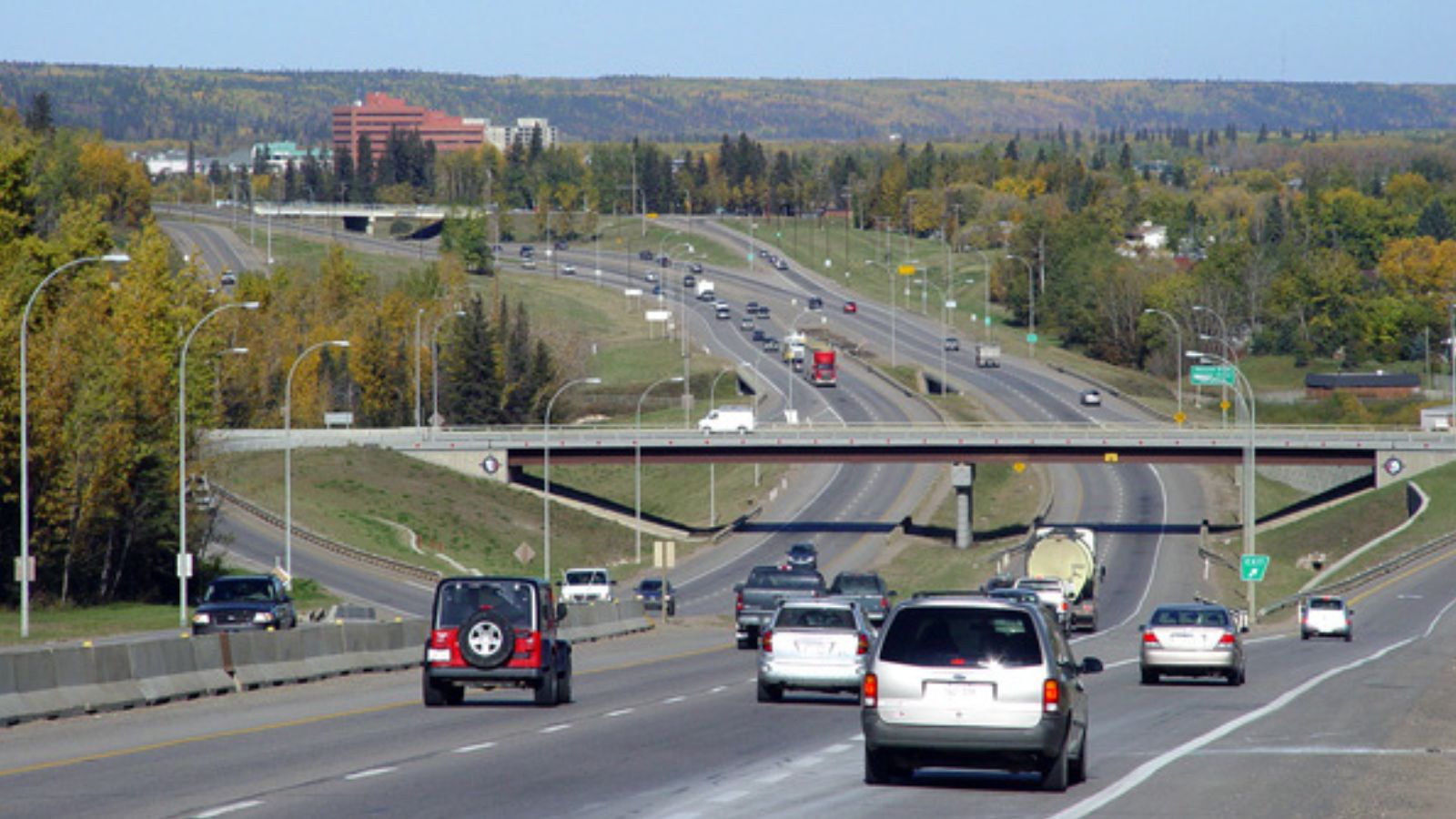
Nicknamed the Highway of Death, Highway 63 has long been a danger for workers traveling between Edmonton and the oil sands of Fort McMurray. Its two lane sections saw years of tragic head on collisions. In 2012, a devastating crash killed seven people, sparking public outrage and demands for safety upgrades. The highway has since been twinned, but its reputation remains grim.
Trans Canada Highway in British Columbia
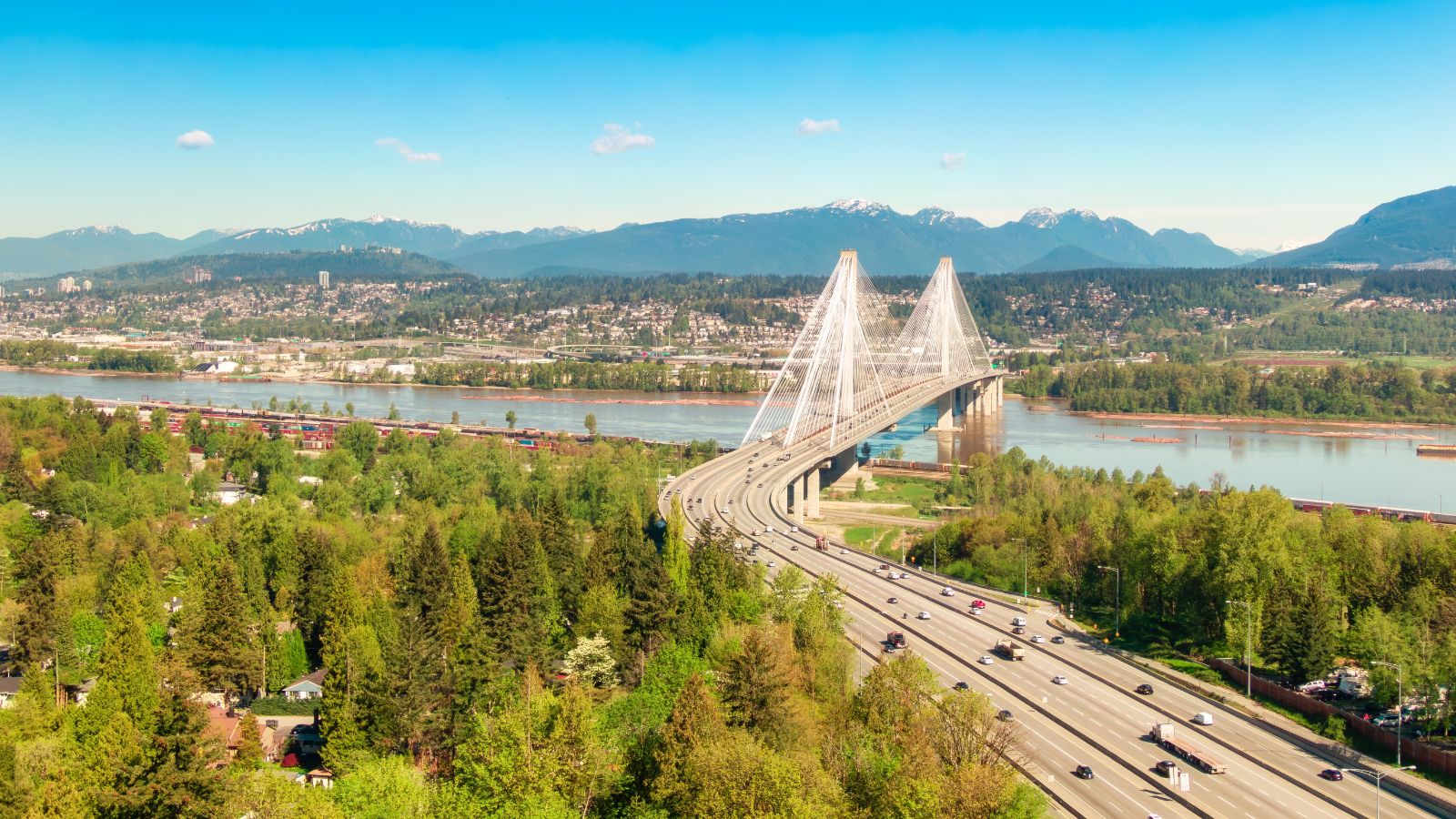
The Trans Canada Highway is the backbone of Canada’s road network, but its section through British Columbia is both breathtaking and dangerous. Drivers face avalanche zones, rockslides, and treacherous mountain curves. In winter, conditions can change within minutes. Fatal pileups are not uncommon, especially around the Rogers Pass area, which has been plagued by deadly avalanches for decades.
Highway 2 in Alberta
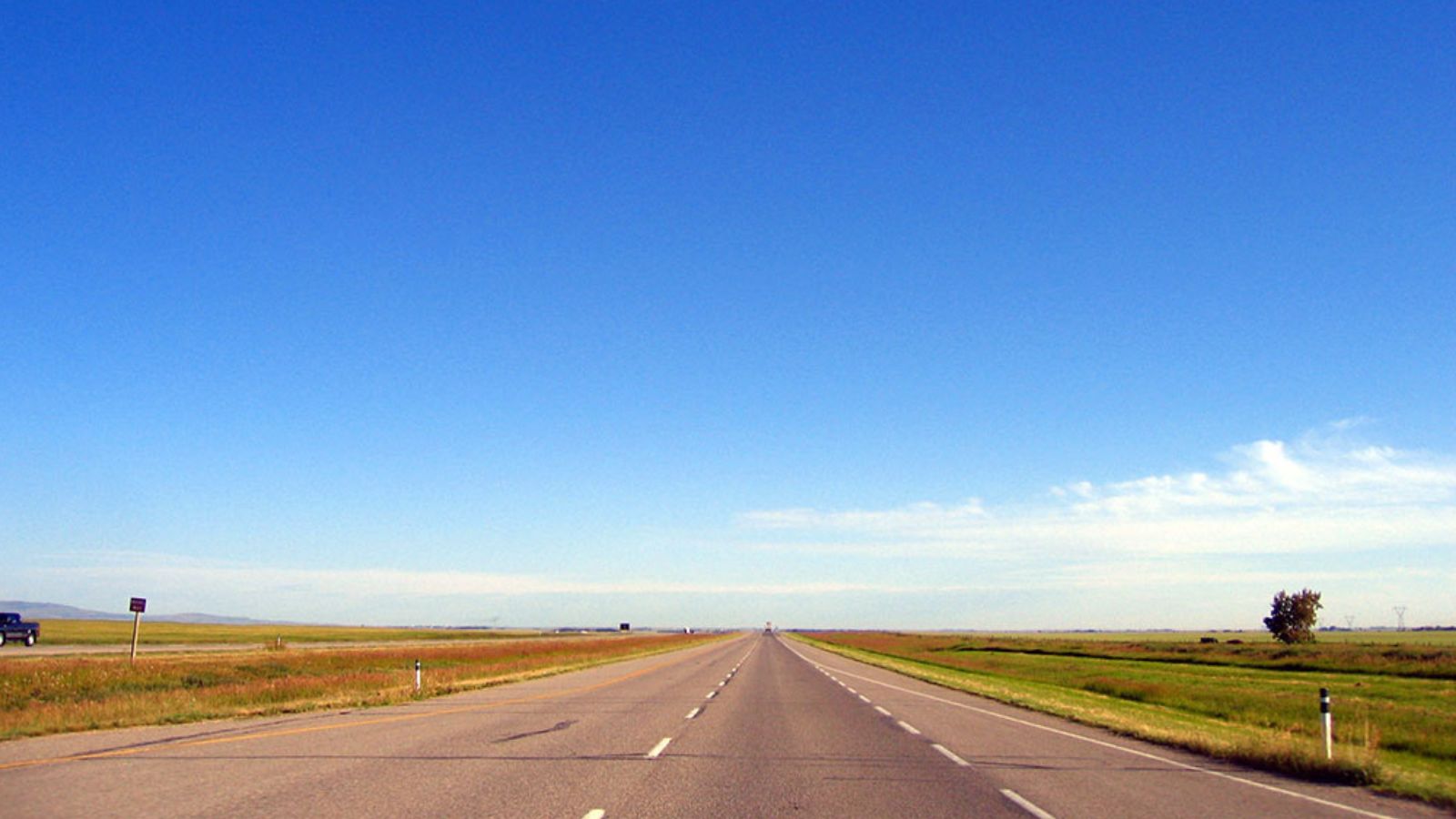
Linking Calgary and Edmonton, Highway 2 is one of Alberta’s busiest roads. High speeds and heavy traffic are constant, but sudden blizzards can turn it into a skating rink. The highway has recorded hundreds of fatalities in the last two decades, with reckless driving and tailgating listed as leading causes. Police have labeled it one of the province’s most dangerous routes.
Highway 11 in Ontario

Highway 11 is vast, stretching from Barrie all the way to Thunder Bay. Its remoteness means emergency services can take ages to arrive, and moose collisions are a very real threat. Winter storms frequently close sections of the road, and poor visibility has caused pileups involving dozens of vehicles. For drivers traveling north, it is a lonely and sometimes lethal journey.
Sea to Sky Highway in British Columbia

This stunning route from Vancouver to Whistler was once ranked among the deadliest roads in Canada. Before major upgrades ahead of the 2010 Winter Olympics, it was notorious for head on collisions and cars sliding off steep cliffs. Even with improvements, it remains risky due to unpredictable weather, falling rocks, and sharp curves that leave little margin for error.
Autoroute 40 in Quebec
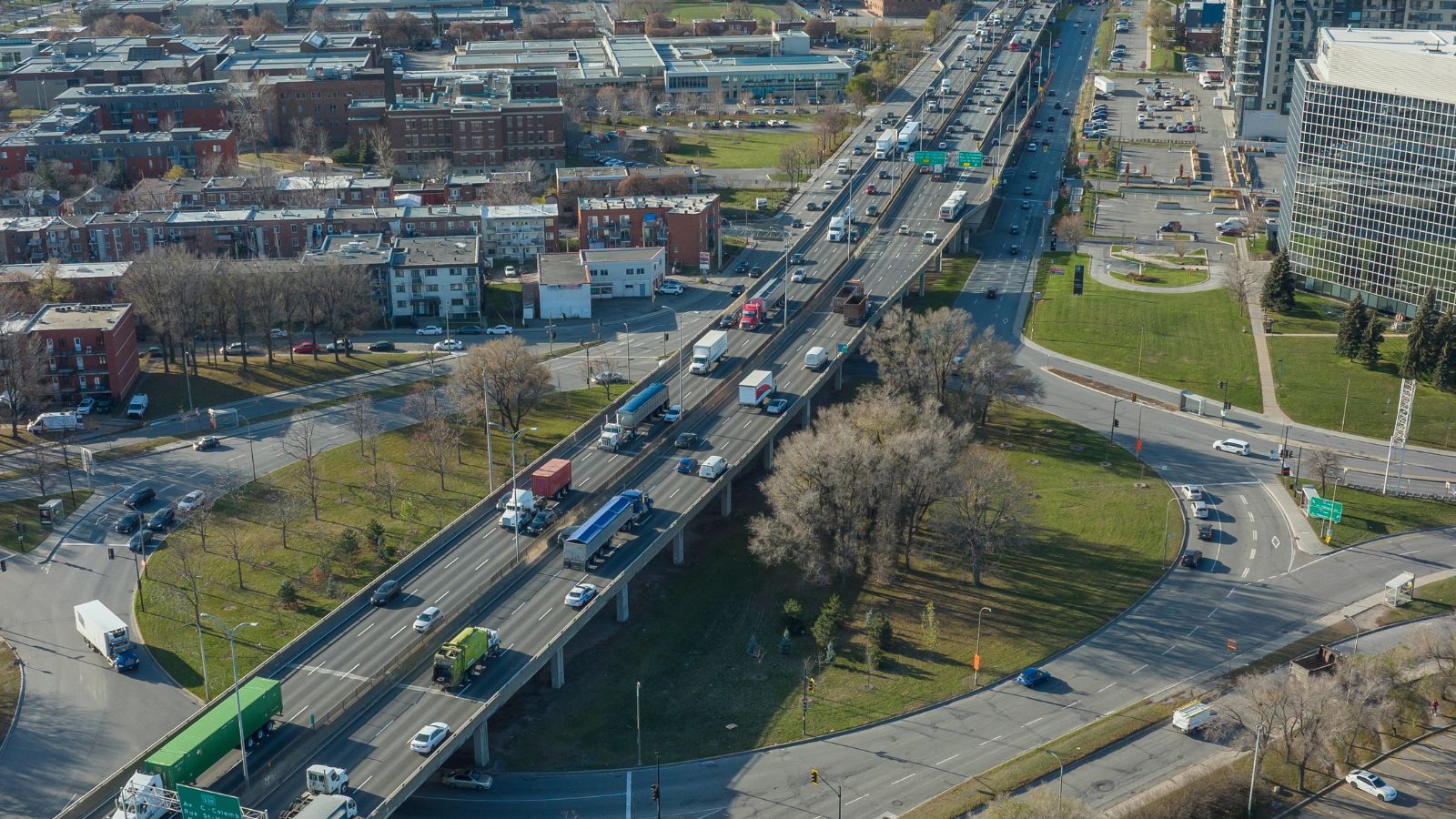
Autoroute 40 links Montreal and Quebec City and is one of the busiest highways in the province. Winter pileups involving more than 100 vehicles have occurred here, with blowing snow and icy pavement making it treacherous. Police regularly warn drivers to slow down, but aggressive speeding is a common factor in crashes. The 40 is a reminder that high speed meets harsh climate in a dangerous way.
Highway 17 in Ontario

Another stretch of the Trans Canada Highway, Highway 17 runs through northern Ontario. Limited passing lanes and impatient drivers often lead to deadly head on collisions. Its remote nature means medical response is slow, increasing fatality rates. In winter, conditions are even worse, with black ice causing multivehicle accidents.
Highway 97 in British Columbia

Highway 97 winds through wine country, small towns, and mountain passes. Truck traffic is heavy, and in winter the steep grades turn into ice covered slides. Fatal accidents are reported yearly, particularly in the Okanagan region. Locals respect this road for its beauty but also fear its danger.
Highway 104 in Nova Scotia
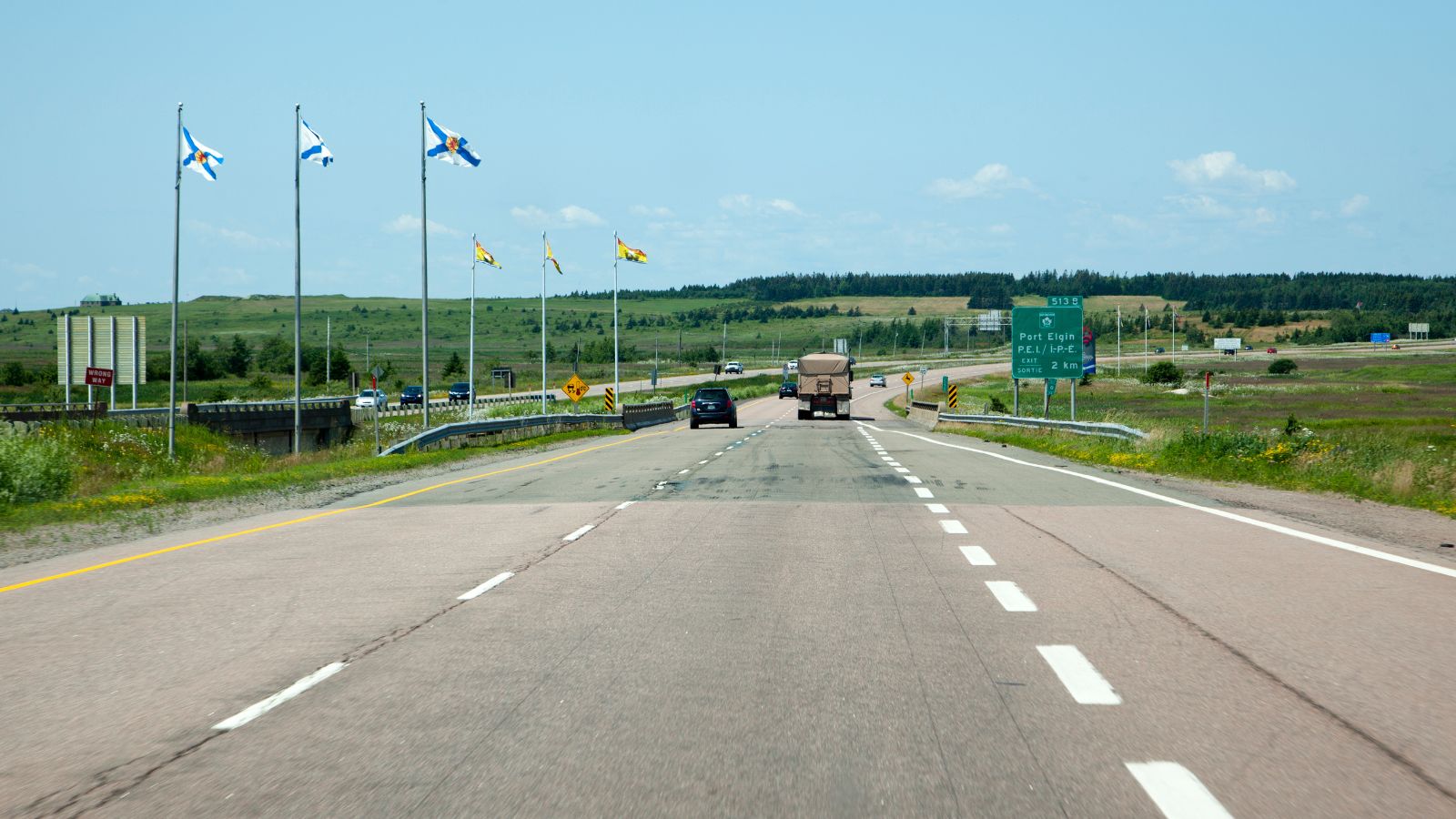
Known as one of the deadliest roads in Atlantic Canada, Highway 104 has been plagued by head on crashes and severe weather. In 2018, a massive multicar pileup near Pictou made national news, renewing calls for twinning projects. While improvements have been underway, it remains a road where drivers need to stay sharp.
25 Facts About Car Loans That Most Drivers Don’t Realize

Car loans are one of the most common ways people fund car purchases. Like any other kind of loan, car loans can have certain features that can be regarded as an advantage or a disadvantage to the borrower. Understanding all essential facts about car loans and how they work to ensure that you get the best deal for your financial situation is essential. Here are 25 shocking facts about car loans that most drivers don’t realize:
25 Facts About Car Loans That Most Drivers Don’t Realize
